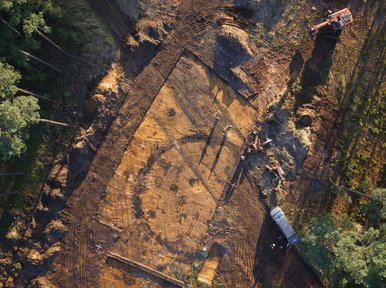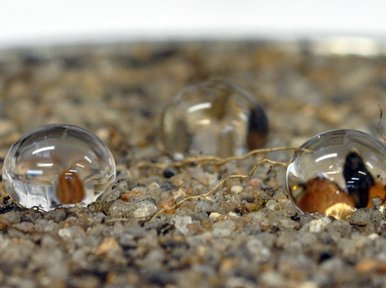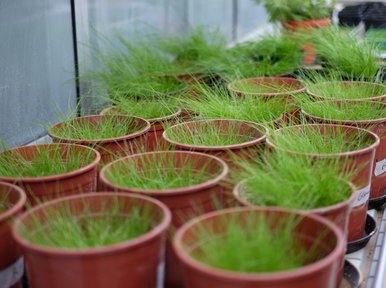The study of the upper, extremely thin layer of the Earth's crust is of great socio-economic and ecological relevance: crucial processes occur here that control our natural ecosystems, shaped by humans and used diversely.
We follow a substrate-, relief-, and pedogenentic approach and investigate the close causal and functional relationship between the formation, distribution, and characteristics of surface forms and the soils therein.
The range of methods is relatively broad, and the application of specific analytical procedures depends on the specific research question. Fieldwork on geological and pedological outcrops is usually the foundation and an essential part. The typical procedure involves the analysis of
- Surface forms, either through available data (especially digital terrain models) or through or micro-drones based photogrammetry,
- Near-surface geological substrates, through outcrops and boreholes with sampling for laboratory analyses and/or indirect methods (especially Electrical Resistivity Tomography, Ground Penetrating Radar),
- Soils in the form of pedogenetic-substratgenetic classification with sampling for laboratory analyses.
Research focus
Quaternary landscape development
- climate and geomorphodynamcis during the Quaternary
- soils and sediments as archives of anthropogenic influence on landscapes
- glacial and periglacial landscapes
- periglacial slope deposits
- fluvial systems and alluvial soils



Landscape development during the Holocene
- human and the enviroment
- landscape change caused by (pre-)historic landuse
- anthropogenic versus geogenic factors on geomorphodynamics and soil development



Geoecology
- geomorphodynmics and soil chemistry
- soil mechanics and soil structure
- small scale and initial geomorphodynamics



- soil compaction and degredation
- soil contamination by cyanides and heavy metals
- soil amendments



Methodological approach
Characterization of landscapes and soils with field portable techniques
- in situ analysis of soils and sediments with field portable XRD, XRF, and NIR
- near surface prospection with ground penetrating radar, geoeletric, geomagnetic, and seismic
- remote sensing and photogrammetry with UAV



Laboratory techniques
- soil chemistry: pH, electrical conductivity, CNS, pedogenic oxides, CEC, XRF, and FTIR
- soil physics: texture analysis by sieving and sedimentation and x-ray absorption
- soil mineralogy: XRD clay mineralogy and micromorphology on thin sections




